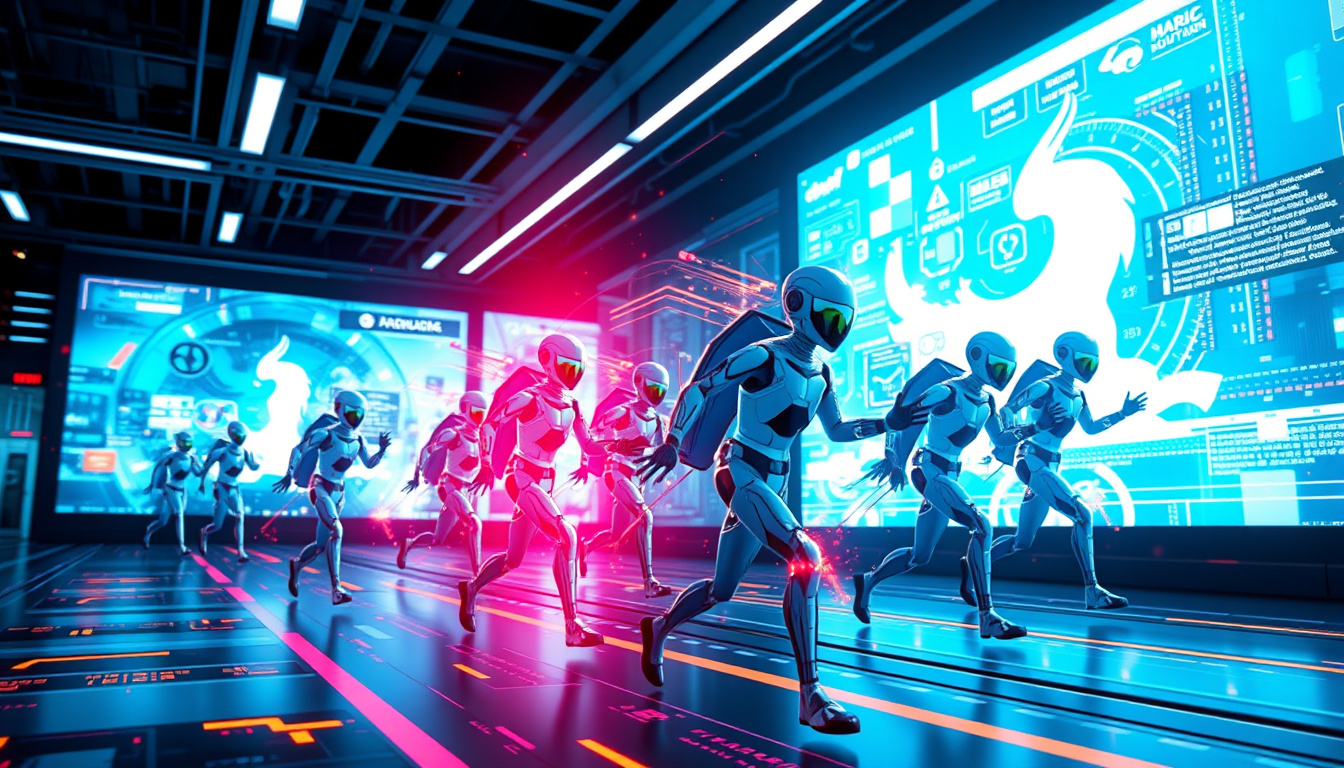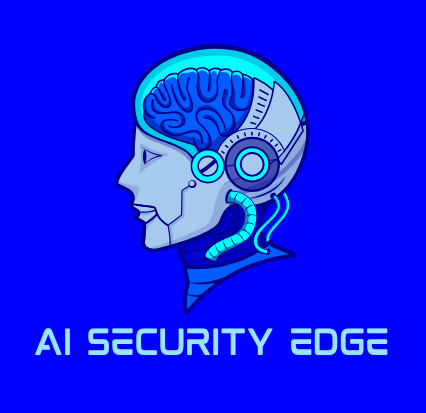In today’s fast-paced digital landscape, organizations are increasingly relying on automation to streamline operations, improve efficiency, and reduce human error. One of the pivotal technologies enabling these advancements is agent orchestration. If you’re new to this concept or looking to deepen your understanding, this comprehensive guide will shed light on what agent orchestration is, how it works, and why it’s essential for modern automation strategies.
What Is Agent Orchestration?
Agent orchestration refers to the process of coordinating multiple automation agents—software components or bots—that work together to perform complex tasks efficiently. Think of it as the conductor in an orchestra, ensuring each instrument (agent) plays its part at the right time to create harmonious output.
Unlike traditional automation, where a single bot performs isolated tasks, agent orchestration enables a collection of agents to collaborate seamlessly, often across different systems and environments. This coordination allows organizations to automate multi-step workflows, handle exceptions, and adapt dynamically to changing conditions.
Why Is Agent Orchestration Crucial for Modern Automation?
As automation projects grow in complexity, managing multiple bots manually becomes impractical and error-prone. Agent orchestration offers several advantages:
- Scalability: Easily scale workflows by adding or removing agents without disrupting operations.
- Flexibility: Orchestrate diverse agents—robotic process automation (RPA), APIs, AI modules—to work cohesively.
- Efficiency: Reduce process time by parallelizing tasks and managing dependencies intelligently.
- Resilience: Implement error handling and fallback mechanisms to ensure continuity.
- Transparency: Gain visibility into the entire process flow, facilitating monitoring and analytics.
These benefits make agent orchestration indispensable for organizations aiming to unlock the full potential of automation.
How Does Agent Orchestration Work?
Understanding how agent orchestration functions helps clarify its value. Typically, an orchestration system acts as the control hub, managing the execution of various agents based on predefined rules or dynamic criteria.
Key Components:
- Orchestration Engine: The central controller that manages task sequences, dependencies, and communication.
- Agents: Specialized bots or software components that execute specific tasks such as data entry, API calls, or calculations.
- Communication Protocols: Standards (like REST APIs, message queues) through which agents communicate with the orchestrator and each other.
- Workflow Definitions: Scripts or visual models that specify task sequences, conditional paths, and exception handling.
Typical Workflow:
- The orchestrator receives a task or trigger.
- It assigns subtasks to various agents based on rules and priorities.
- Agents execute their assigned tasks independently or collaboratively.
- The orchestrator monitors progress, handles errors, and adjusts flow as needed.
- Once all subtasks are complete, the orchestrator compiles results and responds accordingly.
This coordinated approach allows for complex automation processes involving multiple systems and data sources.

Types of Agent Orchestration
Agent orchestration can be tailored to different organizational needs. Here are some common types:
1. Sequential Orchestration
Tasks are executed in a predefined order, where one agent’s output feeds into the next. Suitable for linear workflows.
2. Parallel Orchestration
Multiple agents execute tasks simultaneously, significantly reducing process time. Ideal for large-scale data processing.
3. Hybrid Orchestration
Combines sequential and parallel methods to optimize performance for complex workflows.
4. Event-Driven Orchestration
Agents respond dynamically to triggering events or anomalies, enabling real-time adaptation.
Practical Use Cases of Agent Orchestration
Agent orchestration finds applications across multiple industries:
- Finance: Automating end-to-end processing of loan applications involving data validation, credit scoring, and compliance checks.
- Healthcare: Coordinating data gathering from various sources, patient record updates, and appointment scheduling.
- Customer Service: Managing omnichannel interactions, ticket routing, and knowledge base updates.
- IT Operations: Automating incident response, system updates, and security monitoring.
Implementing agent orchestration in these scenarios leads to faster response times, improved accuracy, and cost savings.
How to Implement Agent Orchestration?
Getting started with agent orchestration involves several steps:
- Identify Automatable Processes: Break down workflows into tasks suitable for automation.
- Select Orchestration Tools: Choose platforms like UiPath, Automation Anywhere, or ServiceNow, which offer built-in orchestration capabilities.
- Design Workflow Models: Map out task sequences, dependencies, and decision points visually.
- Develop and Configure Agents: Build or configure bots for each task.
- Test and Optimize: Run pilot projects, identify bottlenecks, and refine workflows.
- Monitor and Maintain: Use dashboards and analytics to oversee operations and make improvements.
A well-designed orchestration framework ensures that automation scales sustainably and adapts to changing needs.
Challenges in Agent Orchestration
Despite its benefits, orchestrating multiple agents comes with hurdles:
- Complexity Management: As workflows grow, managing dependencies becomes harder.
- Security Concerns: Ensuring secure communication and access controls is paramount.
- Integration Issues: Compatibility between different agents and systems may require custom interfaces.
- Error Handling: Designing robust exception handling to prevent process failures.
Addressing these challenges requires careful planning, robust architecture, and ongoing monitoring.
Future Trends in Agent Orchestration
The field continues to evolve with innovations like:
- AI-Driven Orchestration: Leveraging AI to optimize workflows, predict bottlenecks, and adapt processes automatically.
- Cross-Platform Compatibility: Improved interoperability among diverse automation tools.
- Greater Accessibility: User-friendly interfaces enabling non-technical staff to design and manage orchestrations.
- Enhanced Security Measures: Stronger authentication, encryption, and audit logs.
Staying ahead in agent orchestration trends ensures that organizations harness the latest tools for competitive advantage.
Summary Table: Key Takeaways
| Aspect | Description |
|---|---|
| Definition | Coordinating multiple automation agents for complex workflows |
| Benefits | Scalability, flexibility, efficiency, resilience, transparency |
| Typical Components | Orchestration engine, agents, communication protocols, workflows |
| Types of Orchestration | Sequential, parallel, hybrid, event-driven |
| Common Use Cases | Finance, healthcare, customer service, IT operations |
| Implementation Steps | Identify processes, select tools, design workflows, test, monitor |
| Challenges | Complexity, security, integration, error handling |
| Future Trends | AI integration, cross-platform tools, user accessibility, security |
FAQ on Agent Orchestration
Q1: What is agent orchestration in automation?
Agent orchestration in automation refers to the coordinated management and execution of multiple automation agents working together to perform complex tasks effectively.
Q2: How does agent orchestration improve business efficiency?
By enabling multiple agents to collaborate seamlessly, agent orchestration reduces process times, minimizes errors, and allows for scalable automation across various functions.
Q3: What tools are commonly used for agent orchestration?
Popular tools include UiPath Orchestrator, Automation Anywhere, and ServiceNow, which offer built-in features for managing, scheduling, and monitoring automated workflows.
Conclusion: Embrace Seamless Automation with Agent Orchestration
In summary, agent orchestration is a powerful approach that transforms automation from isolated tasks into cohesive, intelligent workflows. By orchestrating multiple agents to work synergistically, organizations can unlock new levels of efficiency, accuracy, and adaptability. As automation continues to evolve, embracing agent orchestration will be crucial for staying competitive and preparing for the future of intelligent enterprise operations.
Take the first step today—evaluate your current workflows, explore orchestration tools, and start designing seamless automation journeys that propel your business forward. The power of coordinated automation is within your reach; don’t miss out on transforming your operations into a well-orchestrated symphony of efficiency.




